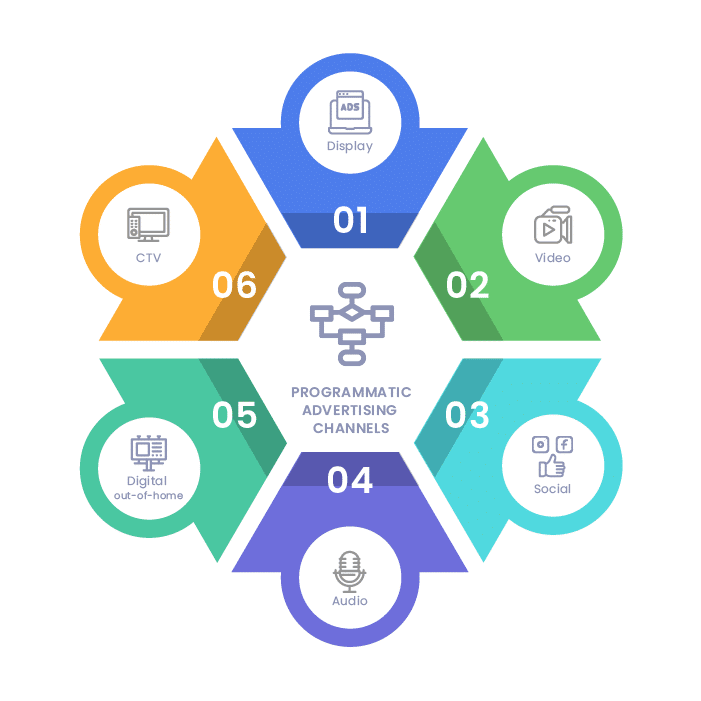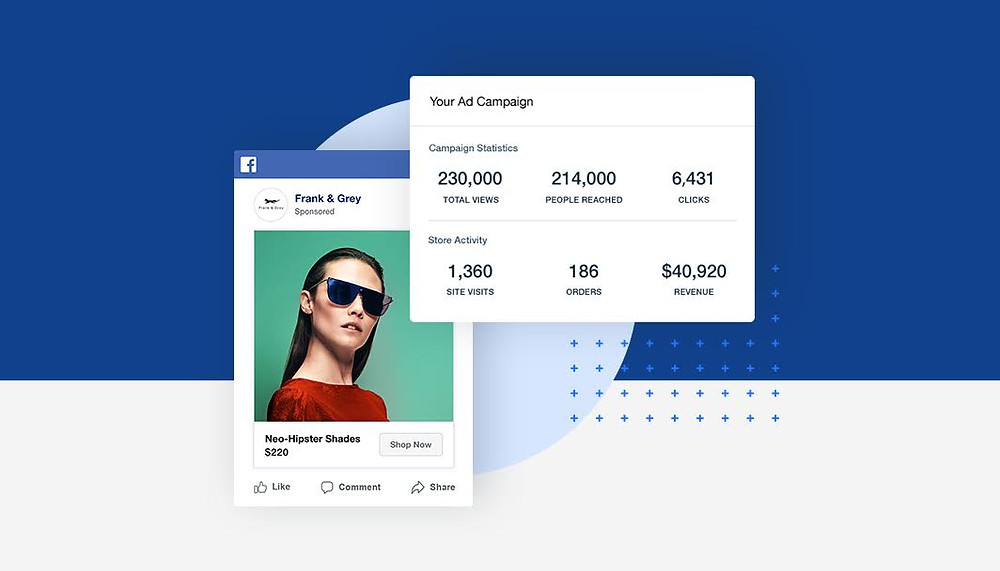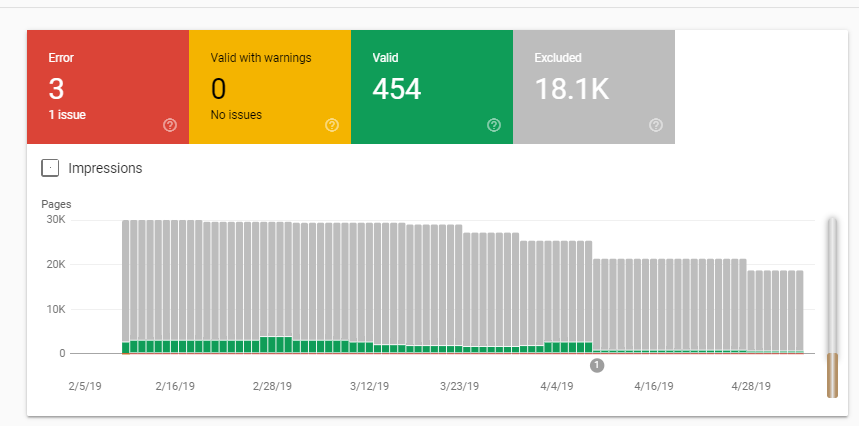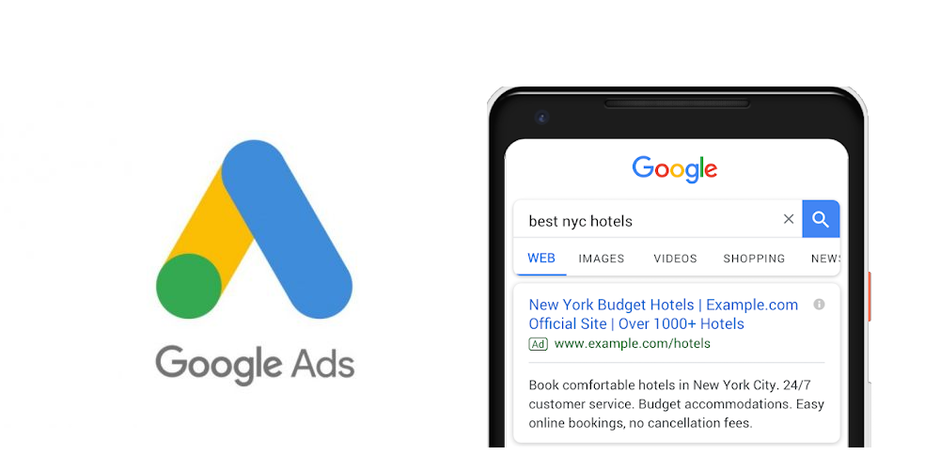As we mentioned earlier in the year, Google algorithms experienced a change in April, which vastly affected websites that did not have a mobile responsive design. As always, such changes are made to create a more user-friendly experience for all of those who frequent Google to search for their inquiries.
In addition to affecting mobile responsive websites, there were other changes made by Google which had a significant impact on rankings this year, making it essential for the creators of content to be as original and resourceful as possible. Although these changes did not co-occur, they gradually came into play and took many SEO strategies by surprise.
The “Phantom” update truly lives up to its name. Unlike with the mobile responsive algorithm, SEO experts did not receive any kind of warning about the changes that would take place this May. With virtually no time to prepare, rankings for many websites began to drop. This time, Google seemed to hold back on specifying precisely what the change entailed and alluded to its focus on “quality control.”
Although, for a while, there was no exact word from Google on how this update was selecting its ranking method, SEO agency Perth experts were able to deduct that the changes were targeted with an emphasized aim at the quality of content.
Who Does “Phantom” Affect?
-
Among the most affected sites are “how-to’s” and websites that acquire much of their content from other websites (typically through user-generated content).
-
Websites that have too many advertisements, especially pop-ups (distracting users)
-
Poorly designed websites that look cheap or potentially spam-related
-
Poorly maintained websites that bring about errors or malfunctions
-
Sites with weak, unrelated, or shallow content
Phantom’s Goal
The update seeks to weed out duplicated content or not genuinely informative and resourceful for its readers. This places pressure on websites to remain as original as possible and acquire fresh content in order to stay relevant in rankings. In addition, the content cannot be weak or unrelated to the topic it claims to be about. In this way, Google users are guaranteed to find pages and articles that give them thorough and insightful information instead of content that goes around in circles, never really going in-depth with the topic.
Ultimately, Google will bring the articles and pages that will follow through and provide accurate and substantial information. As users, we all know the pain of clicking on a website with a compelling title related to our search needs, only to find that it is simply a lure to bring us to the website. Immediately, the site has no further value to us, and therefore we move on. In order to eliminate this arduous and unnecessary process, the need for “Phantom” is evident from a user standpoint.
Working With It and Not Against It
It is fair to say that Google updates continue to move forward and come as close as possible to reading the minds of the users who are typing in their search queries. The best advice for keeping your content relevant is to embrace the update instead of trying to find ways to cheat your site. Focus more on naturally engaging your target audience instead of focusing on ways to move up the ranking ladder on Google. The more natural your content is, and the more it provides answers for those who need them—the more likely you are to make a decisive move forward on rankings.


























